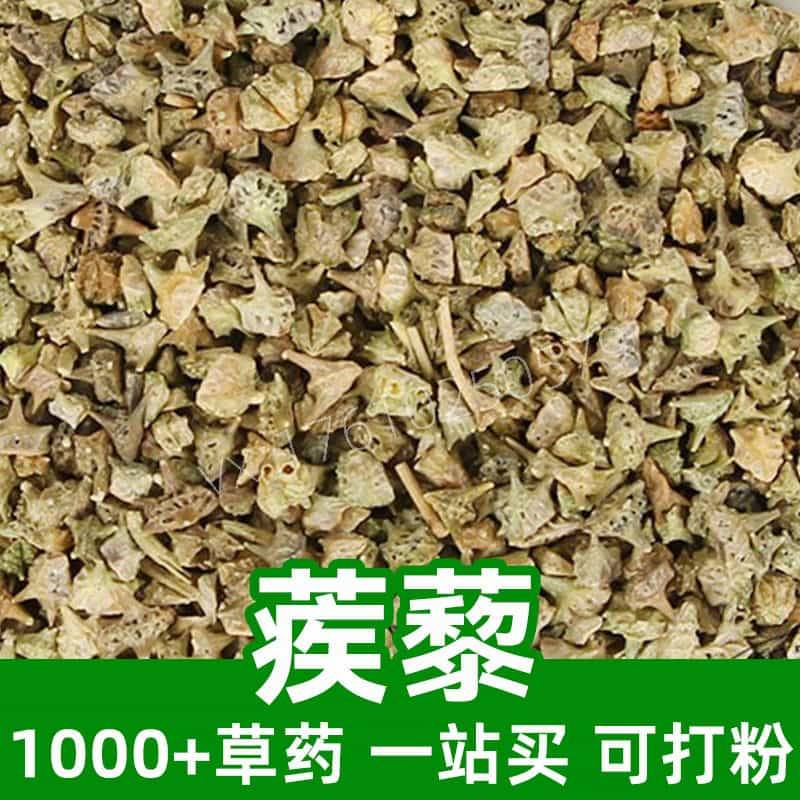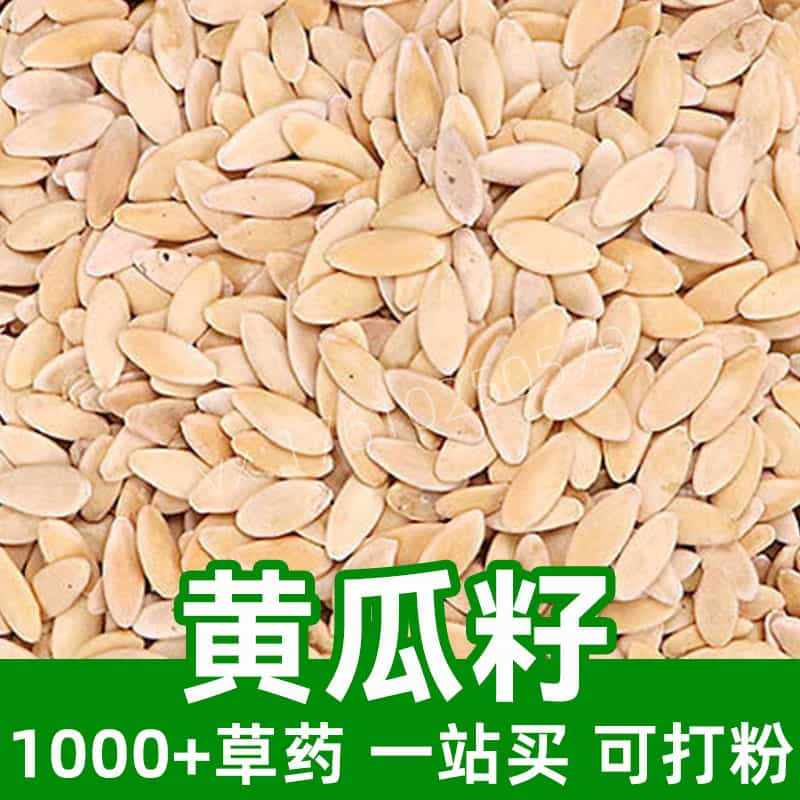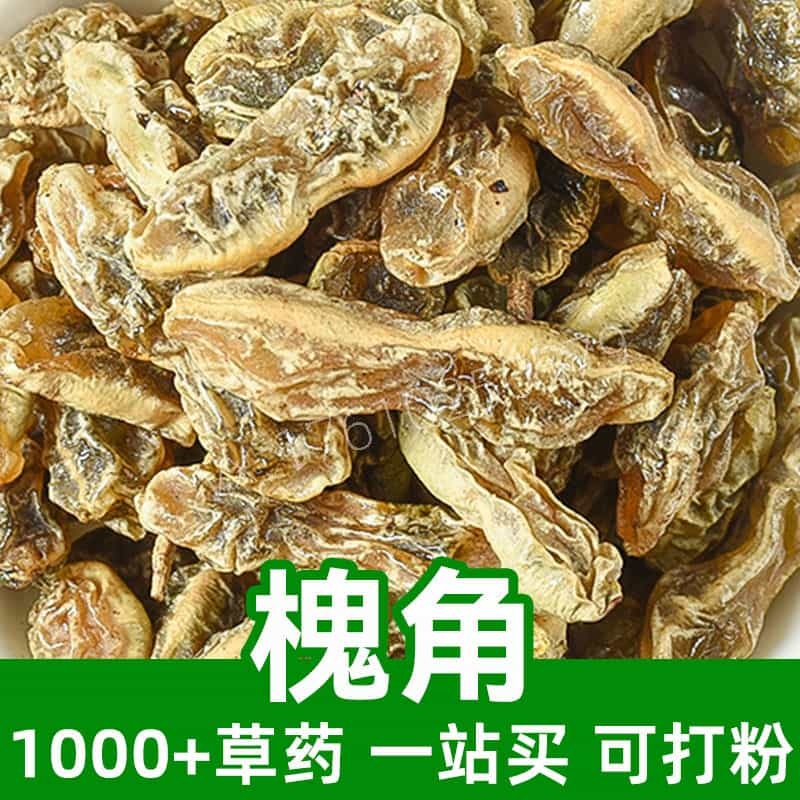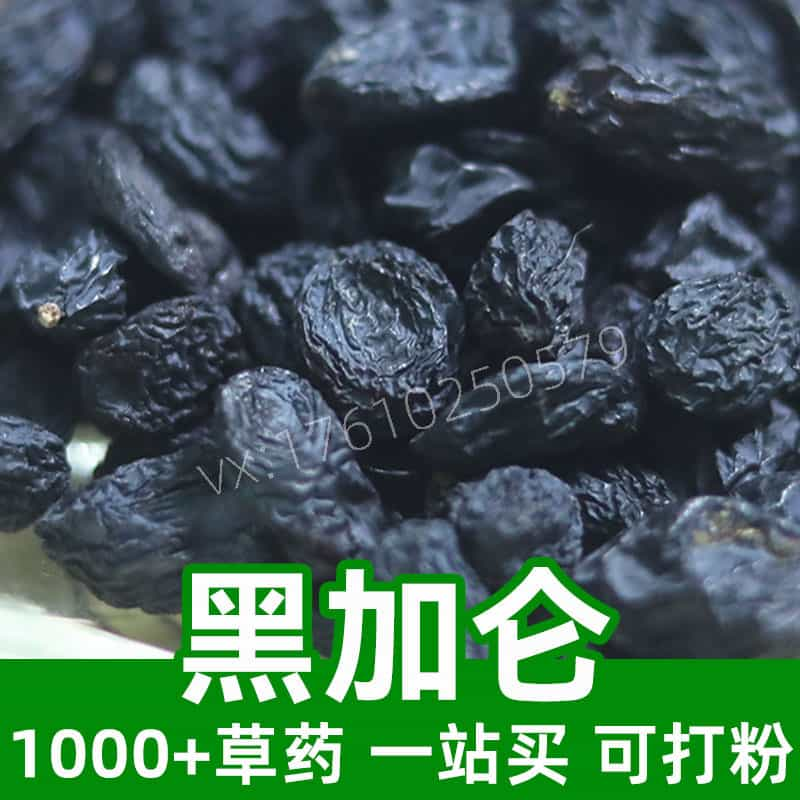Cabbage Product Introduction
Cabbage, also known as head cabbage or white cabbage, is a popular leafy vegetable rich in nutrients such as vitamin C, vitamin K, chlorophyll, calcium, and potassium. Originally native to the Mediterranean coast, it is now widely grown around the world. Cabbage features thick leaves that are deep green or purple, with prominent veins and a crisp, refreshing texture. It is commonly used in salads, soups, stir-fries, or juiced into beverages. Delicious and nutritious, cabbage is a key component of a healthy diet.
Main Active Components of Cabbage
Cabbage is a nutrient-dense vegetable with the following key active components:
- Vitamin C: High in vitamin C, cabbage offers antioxidant properties, boosts immunity, aids iron absorption, supports skin health, and helps reduce colds and inflammation.
- Vitamin K: Rich in vitamin K, it supports blood clotting and bone health, reduces fracture risks, and helps maintain cardiovascular health.
- Chlorophyll: Abundant in chlorophyll, a potent natural antioxidant that eliminates free radicals, slows aging, and protects cells from oxidative damage.
- Dietary Fiber: High fiber content promotes gut motility, prevents constipation, lowers blood sugar and cholesterol levels, and supports digestive health.
- Sulfur Compounds: Contains sulfur compounds with anticancer properties, aiding toxin elimination and inhibiting cancer cell growth and spread.
- Carotenoids: Packed with β-carotene, it supports vision health and helps prevent eye diseases like night blindness and cataracts.
- Minerals: Offers essential minerals like calcium, potassium, magnesium, and zinc for electrolyte balance, bone health, and neuromuscular function.
- Amino Acids: Rich in amino acids, essential for protein synthesis and maintaining tissue and organ functions.
These components collectively make cabbage a valuable vegetable for promoting health and wellness.
Cabbage Usage Scenarios and Dosage
Cabbage, a versatile vegetable, is widely used in both traditional medicine and food preparation.
In Traditional Medicine
Cabbage is considered a dual-purpose plant with therapeutic properties such as detoxifying heat, resolving phlegm, supporting digestion, and reducing swelling. Key uses and dosages include:
- Detoxifying Heat: Sweet and slightly cooling, cabbage is used for fevers, colds, and throat inflammation. Crush fresh leaves for juice or cook into soup, 2–3 times daily in moderate amounts.
- Resolving Phlegm and Cough: Rich in vitamin C and fiber, cabbage helps treat bronchitis and coughs. Cook chopped leaves into soup and consume 1–2 times daily.
- Supporting Digestion: High fiber content aids digestion and appetite. Use shredded or sliced cabbage in stir-fries or soups; consume in appropriate portions.
- Reducing Swelling: Acts as a diuretic to alleviate water retention. Cook chopped cabbage into soup, consuming 1–2 times daily.
In Food Applications
Cabbage is a nutritious ingredient in salads, soups, stir-fries, and more. Dosages vary based on dish and preference, with moderation advised to prevent digestive discomfort.
Overall, cabbage serves both culinary and medicinal purposes, providing nutrition and aiding in the prevention and treatment of common ailments.
Origin, Distribution, and Growing Conditions of Cabbage
Botanical Introduction
Cabbage (Brassica oleracea var. capitata), a biennial herbaceous plant from the Brassicaceae family, is a cultivated form of wild cabbage (Brassica oleracea), originating from the Mediterranean coast.
Distribution
Widely cultivated globally, cabbage thrives in temperate and subtropical regions, particularly in Europe, North America, and Asia. Major production areas in China include Shandong, Hebei, Jiangsu, Zhejiang, and Guangdong.
Growing Conditions
Cabbage prefers sunny, cool, and moist environments with an ideal temperature of 15–20°C. Adequate sunlight, water, fertile soil, and proper drainage are essential for healthy growth. It grows best in slightly acidic, loose, well-drained sandy loam or loamy soil. Regular fertilization, weeding, and pest control ensure high yields.
Cabbage's adaptability and rapid growth make it a globally significant vegetable.
Harvesting, Processing, and Storage of Cabbage
Harvesting
Cabbage is typically harvested when it reaches a suitable size but before full head formation. Choose plants with firm, green leaves free of damage or pests. Use sharp tools to cut leaves, avoiding plant injury. Wash immediately to remove dirt and debris.
Processing
Post-harvest, cabbage can be processed by slicing, shredding, or dicing for cooking or creating various dishes. Maintain cleanliness to preserve freshness and nutrition.
Storage
Store cabbage in a refrigerator’s vegetable compartment at 0–4°C with 90% relative humidity to extend freshness. For longer preservation, blanch and freeze in sealed bags, ensuring prompt consumption after thawing.
Proper handling and storage preserve cabbage’s freshness and nutritional value, extending its shelf life.
Monica Sun is a seasoned expert in the natural raw materials industry, with over a decade of experience specializing in traditional Chinese medicinal herbs, spices, and fungi. She is skilled in the sourcing, processing, and application of these materials, emphasizing sustainability and innovation. Monica Sun has contributed to the development of high-quality natural raw materials that serve as essential components in functional foods, pharmaceuticals, and cosmetics, delivering tailored solutions to meet diverse market needs.














